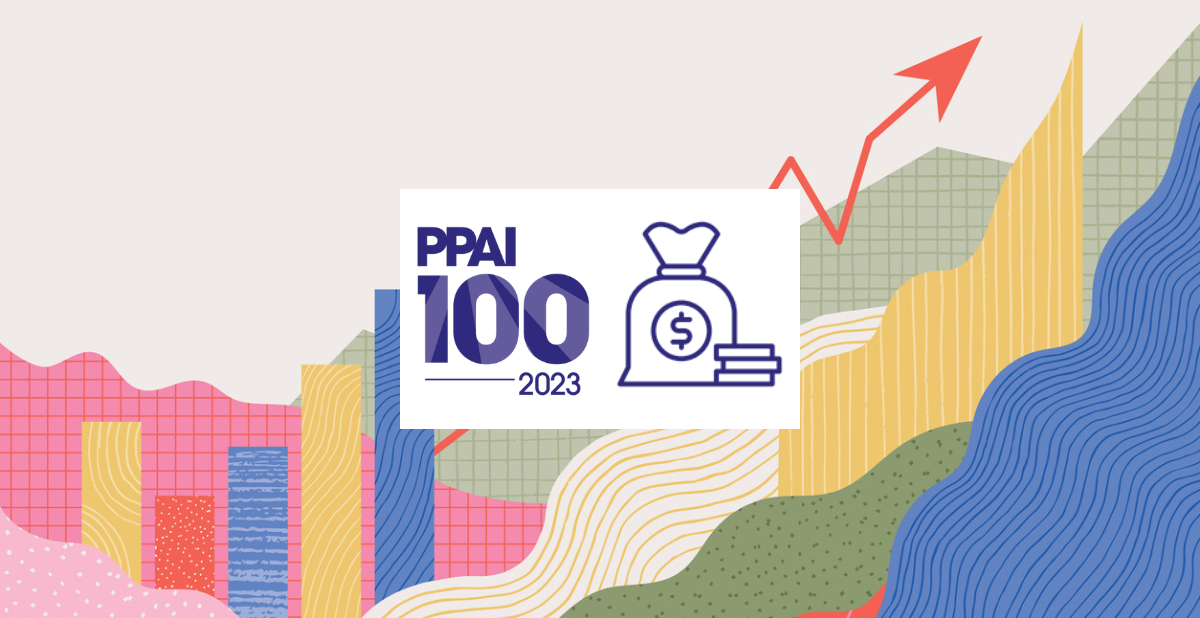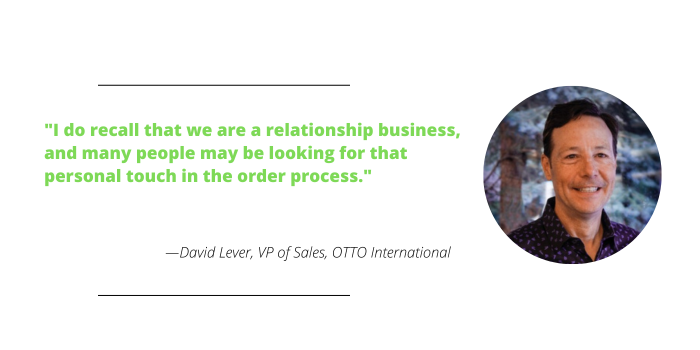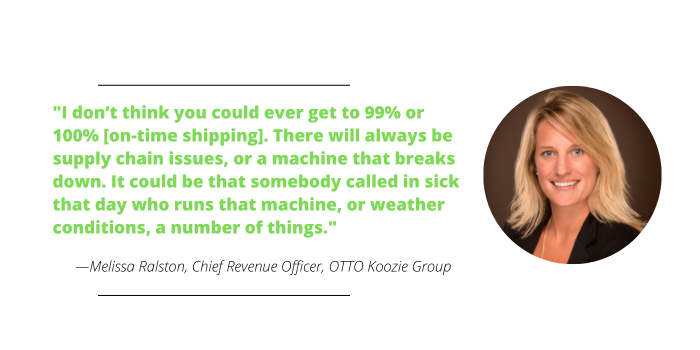PPAI 100 Supplier Benchmarking: Business Practices Of The Industry Leaders

PPAI 100 is more than just a ranking of distributors and suppliers.
It’s a roadmap for what the industry can look like and a resource for member companies to know where they stand compared to the their highly performing peers, not just in the ranking but with key statistical figures gathered by PPAI Research.
As part of the PPAI 100 rollout, the Association has gathered some supplier benchmarking data provided by companies that appeared in the inaugural ranking, available as reference for any interested industry members. Later, we will share benchmarks on the industry leaders’ innovation and responsibility practices.
Today we take a look at some key performance indicators of their businesses.
While the averages determined in these statistics were heavily influenced by the industry’s largest suppliers, it’s important to note that PPAI 100 is not a ranking of the highest revenue companies. It considers eight distinct categories, meaning that small-to-mid-size companies are able to make the list, and in some cases, rank fairly high. In this way, the median of the KPI statistics is arguably more valuable.
Below is a breakdown of each benchmarking statistic, with insight and reaction from decision makers among the ranking suppliers.

2022 Revenue
PPAI 100 Average: $262 million
PPAI 100 Median: $64.9 million
Even in a year in which the promo industry topped $25 billion in sales for the first time ever, this number stands out as a high average among PPAI 100 suppliers.
“Our industry is healthy and growing,” says Mark Gammon, president and CEO Cap America, which took the No. 11 spot. “[These are] exciting times.”
David Lever, vice president of sales at Otto International, which landed the No. 27 spot on the list, noted that such a high number is proof of just how far ahead the industry’s largest suppliers are, even from fellow members of the PPAI 100.
“I see the revenue average as an indicator there is a large gap between the top-five and the average supplier,” Lever says.
Indeed, the three largest suppliers in the business each exceeded $2 billion in 2022 sales – with SanMar No. 1 at an estimated $3.7 billion – but no other supplier topped even $900 million.
Revenue Change Since 2019
Average: +29%
Median: +22%
While promo’s strong rebound year of 2022 is well documented, it only takes stepping back for a little perspective to marvel at the fact that a global pandemic began in 2020 and the average revenue increase among these suppliers since 2019 is 29%.
“The revenue change since 2019 of these leading suppliers stood out to me immediately – it reinforces the positive economic development and growth trends in our industry, along with the affordability of promotional advertising,” Gammon says.
2022 Order Count
Average: 175,319
Median: 98,773
The largest figure among respondents to this question was 750,000. That’s a far cry from the smallest: One supplier said it fulfilled only 8,041 orders in 2022.
2022 Integrated Orders
Average: 32.7%
Median: 25%
For these purposes, PPAI is defining integrated orders as “an order in which 35% or more of the data is machine read and the data is available in a company’s ERP/order system without human intervention whether that is OCR, EDI, API or other electronic means that likely reduces errors when receiving orders from customers.”
As digital transformation eliminates friction, PPAI expects this number may tick upward, but both Gammon and Lever say that the human element can’t be eliminated completely.
“We pride ourselves on our customer service and provide a level of care that our customers have come to expect from their most trusted suppliers,” Gammon says of the suppliers that make up PPAI 100. “This industry is about relationships, and those that have invested in nurturing those relationships are most likely on this list.”

Lever, however, thought the number might have come in a little bit higher.
“As more and more team members work remotely, I’d [expect] that utilizing online and API would be used more,” says Lever. “However, I do recall that we are a relationship business, and many people may be looking for that personal touch in the order process.”
2022 Gross Profit Margin
Average: 35%
Median: 36%
Lever expressed that he would like to know “how much operational efficiencies added to or detracted from gross profit margin.”
2022 Sample Costs
Average: 1%
Median: 1%
Sample products are often a necessary element of the industry, but research among these suppliers shows that a relatively small amount is spent in this area, suggesting streamlined and efficient processes in giving clients and distributors a sense of what they are purchasing.
2022 Turnover Rate
Factory Employee Average: 21%
Factor Employee Median: 14%
Office Employee Turnover Rate: 9%
Office Employee Median: 5%
Gammon credits what he sees as surprisingly low turnover numbers for office employees to the environments and strengths of these PPAI 100 suppliers.
“Happy employees don’t leave, and employee longevity creates consistency for our customers,” Gammon says.
Both sides of the coin can be true: Employees remain with these companies because they are the industry’s best suppliers and the companies have been rated as the industry’s best suppliers because they have managed to keep great employees.
“[Clients] can lean on these leading suppliers and know that the employees there are knowledgeable, experienced, and committed,” Gammon says.
Regarding the higher turnover rate for factory employees, Lever says, “These jobs are high turnover in normal times. As companies work their way out of the global pandemic, many factory workers moved on to other opportunities that may be less physically demanding.”
Melissa Ralston, chief revenue officer of Koozie Group, the No. 10 supplier of PPAI 100, points out that the economic conditions of the specific region any given company is based in can affect turnover rate.

2022 Rate Of Orders Shipped On Time
Average: 97%
Median: 98%
Ralston believes that the leading suppliers’ average of 97% is likely an accurate statistic, but points out that it is a difficult measure to define.
What does “on-time” mean to each individual company?
“Ours is 95% and trending to 97% right now,” Ralston says. “I don’t think you could ever get to 99% or 100%. There will always be supply chain issues, or a machine that breaks down. It could be that somebody called in sick that day who runs that machine, or weather conditions, a number of things. Maybe 98% is an attainable average, but I don’t think anything beyond that.”
DIDN’T GET THIS IN YOUR EMAIL? Subscribe to PPAI Newslink.

